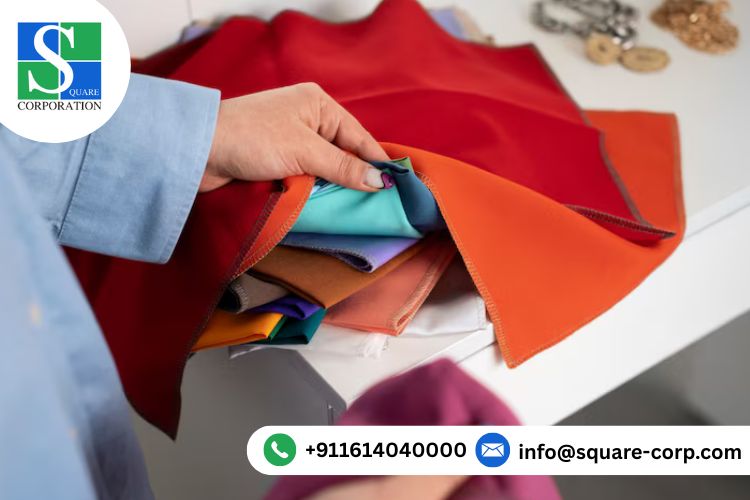The demand for stretch fabric has grown immensely in recent years because of the increasing demand for high-performance, comfortable, and flexible materials for various industries. The ability of stretch fabrics to be elastic, resilient, and versatile has found widespread application in the automotive, healthcare, industrial, and apparel industries. The stretch fabric market has become an essential part of the global textile industry as long as consumers and companies still put a high premium on comfort and functionality. With India textile manufacturing to rely on, more ideas about it will be encountered.
There are several difficulties individuals have while creating stretch fabrics you should be aware of. If you have no clue about that, then reaching this page will assist you. So, let’s proceed with the subject without wasting too much time.
Top Challenges of Generating Stretch Fabrics
- Complex fibre compositions
Stretch fabrics are well designed by combining synthetic fibers, like spandex (Lycra or elastane), with other natural or synthetic base fibers, like polyester or cotton. Achieving the optimal stretch-to-recovery is critical and is reliant on the specific fiber blend, which can be thoroughly optimized for best performance. Standard blends yield consistent stretch and excellent fabric memory and prevent issues like excessive puckering. If you desire to obtain the best fabric, then you must approach the finest fabric suppliers in India.
- Keep the fabric recovery intact
Stretch fabric should not only be capable of stretching with movement but also must have a key aspect called “recovery,” by which the fabric comes back to its original size after wearing or washing. This recovery is vital to the longevity of wear of the fabric and the provision of a good fit.
If the recovery is poor, the fabric may develop unsightly sagging and bagging at stress areas in elbows or knees and develop a worn, tired appearance.
- Cutting and sewing problems
Stretch fabrics also possess a unique group of characteristics that can cause them to curl, move, or warp when they are cut, which highly contributes to the labor content of the pattern cutting process. Sewing these most commonly used materials involves specific stitches such as zigzag or overlock, and specific needles which will prevent issues such as skipped stitches or damaging the material itself. In order to have high-quality production as well as minimize defects, manufacturers are required to employ competent labor with specialized equipment suitable for processing stretch fabrics.
These are some of the difficulties individuals encounter in creating stretch fabrics.

